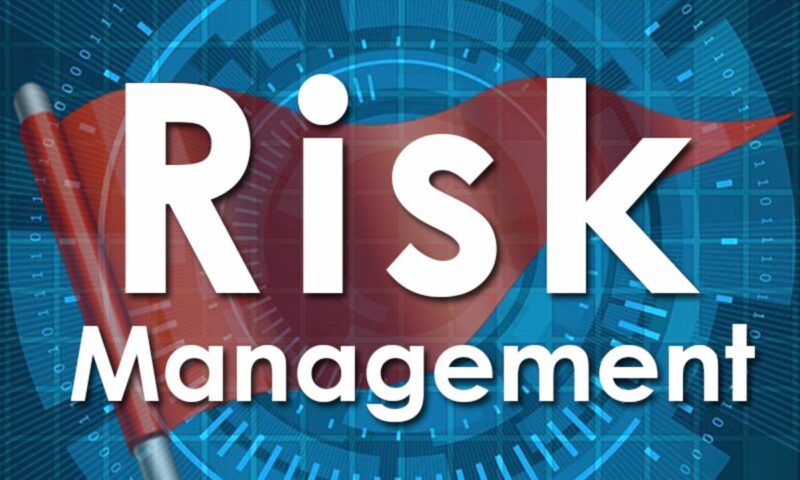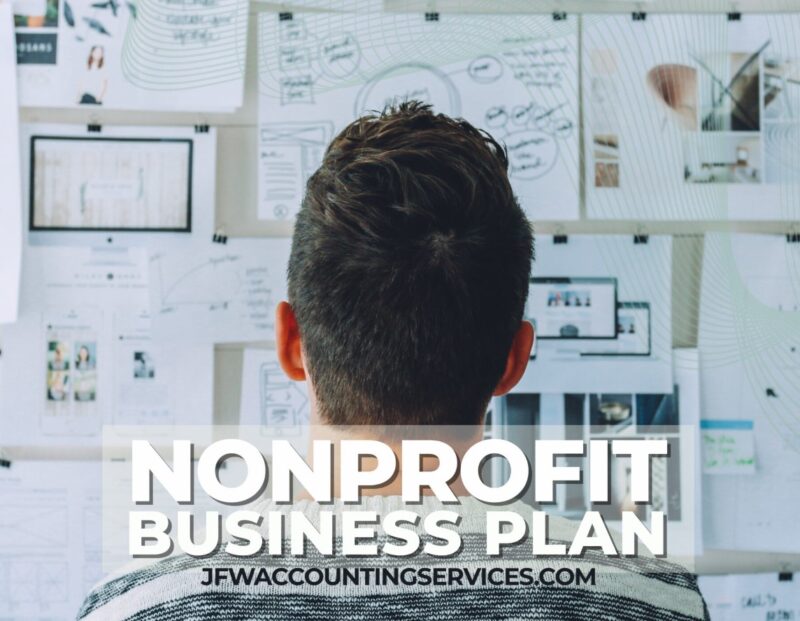Writing a business plan for a nonprofit organization requires a strategic approach, combining the passion for a cause with the practicality of running an efficient organization. Unlike for-profit businesses focused on financial gains, nonprofits aim at fulfilling a societal need. The following guide provides a comprehensive overview of the key components and practical tips to craft a compelling nonprofit business plan.
Understanding the Nonprofit Landscape

Before diving into the business plan, it’s crucial to grasp the unique environment in which nonprofits operate. Nonprofits are driven by a mission, often addressing social, educational, or humanitarian issues. The success of a nonprofit is not measured in profit margins but by the impact on the community or cause it serves. A clear comprehension of this landscape helps in tailoring the business plan to align with these unique objectives and constraints. If you need help creating a perfect business plan, check out Domont consulting.
Articulating the Mission and Vision
The heart of any nonprofit is its mission and vision statements. These statements should clearly articulate the organization’s purpose and aspirations. The mission statement outlines the immediate objectives and what the organization seeks to accomplish, whereas the vision statement depicts the future aspirations. These statements should be inspiring, clear, and concise, guiding the overall direction of the nonprofit.
Conducting a Thorough Market Analysis
Just like in the for-profit sector, understanding the market is vital for a nonprofit. This involves researching the needs of the community, identifying gaps in services, and understanding the competitive landscape. A thorough market analysis helps in refining the mission and setting realistic goals. It also demonstrates to potential funders and stakeholders that the organization understands and is prepared to address the specific needs it aims to serve.
Defining Programs and Services
The programs and services are the vehicles through which a nonprofit achieves its mission. This section should detail what the organization plans to offer, how these offerings address the identified needs, and the anticipated impact. It’s important to demonstrate how these programs are sustainable and scalable over time, and how they align with the overall mission and vision.
Establishing Organizational Structure and Management

A well-defined organizational structure is crucial for operational efficiency. This part of the business plan outlines the governance structure, management team, and staffing requirements. It should include information on the board of directors, executive leadership, and key personnel. Highlighting the experience and expertise of team members adds credibility and assures stakeholders of the organization’s capability to fulfill its mission.
Developing a Marketing and Outreach Strategy
Even the most impactful nonprofits need to communicate their message effectively to garner support and attract funding. A marketing and outreach strategy is essential for raising awareness, engaging the community, and building partnerships. This strategy should detail the channels and tools the organization will use, such as social media, events, public relations, and collaborations with other organizations.
Creating a Financial Plan
While nonprofits are not driven by profit, financial stability is crucial for sustainability. The financial plan should include detailed budgets, projected income, and expenses. It’s important to demonstrate a sound financial strategy that includes diverse revenue streams such as grants, donations, and fundraising events. This section should also address financial controls and accountability measures.
Measuring Impact and Success
For a nonprofit, success is measured by the impact on its cause or community. This section should outline the key performance indicators and how the organization will measure and report its impact. These metrics not only help in evaluating the effectiveness of programs but also build trust with funders and stakeholders by demonstrating accountability and transparency.
Risk Management and Sustainability

Every organization faces potential risks, and nonprofits are no exception. Identifying potential risks and having a mitigation plan is crucial. This could involve financial risks, operational challenges, or changes in the external environment. Also, outlining a sustainability plan ensures the longevity of the organization, detailing how it plans to adapt and grow over time.
Leveraging Technology and Innovation
In today’s digital age, incorporating technology and innovation into a nonprofit’s strategy is not just beneficial; it’s essential. The use of technology in program delivery, donor management, and communication can significantly enhance efficiency and outreach. A nonprofit business plan should discuss how the organization plans to use technology to further its mission. This might include leveraging social media for awareness, using data analytics to track and improve program outcomes, or implementing innovative fundraising strategies.
Building Partnerships and Community Engagement
Nonprofits thrive on strong relationships and community support. A critical aspect of a nonprofit business plan is outlining a strategy for building partnerships and engaging with the community. This goes beyond traditional fundraising; it’s about creating a network of support that includes other nonprofits, businesses, government entities, and the community at large. A robust partnership strategy can lead to shared resources, collaborative projects, and greater reach. Community engagement is equally vital. It’s important for nonprofits to actively involve the community they serve in their planning and decision-making processes.
Adapting to Change and Future Planning
The nonprofit sector, like any other, is subject to change. Economic fluctuations, policy changes, and shifting societal needs can all impact a nonprofit’s operations. A forward-thinking nonprofit business plan anticipates potential changes and includes strategies for adaptation. This might involve contingency plans for funding, flexibility in program delivery, or ongoing market analysis to stay abreast of changing needs. Additionally, the business plan should not be static; it should be a living document, regularly reviewed and updated to reflect new goals, challenges, and opportunities.
Summary

A nonprofit business plan is more than a document—it’s a narrative that tells the story of a mission-driven organization poised to make a difference. By integrating these components into a cohesive and compelling business plan, nonprofits can effectively communicate their vision, strategies, and value to stakeholders, funders, and the community they serve. Remember, a successful nonprofit business plan blends the passion for a cause with pragmatic planning, setting the foundation for meaningful impact and lasting change.
Related Posts:
- Digital Marketing Missteps ─ Transforming Errors…
- The ROI Equation: Decoding the Right Digital…
- Computer Turns on but Monitor Says No Signal - 9 Ways to Fix
- From Security to Productivity: Common Use Cases of…
- Laptop Keeps Shutting Off? Here's How To Fix It
- Effective Marketing Strategies to Beat Competitors…













